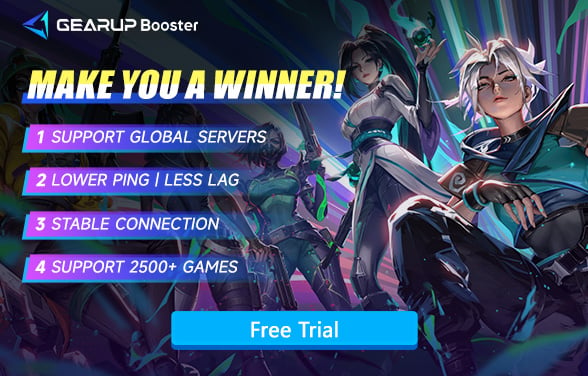Conquering Ascent: The Ultimate Valorant Map Strategy Guide
Valorant continues to stand as one of the most competitive tactical shooters in gaming. Its success lies in how it blends traditional FPS mechanics with agent-based abilities and team-driven strategy. For both casual players and pros, understanding the map you're playing is half the battle won.
Among Valorant’s iconic battlegrounds, Ascent remains one of the most influential maps in ranked and tournament play. It’s a playground of tight corners, long sightlines, and mid-heavy pressure. In this article, we’re breaking down what professional players do on Ascent—and how you can follow in their footsteps.
What Makes Ascent Unique
Ascent was the first map introduced after Valorant’s closed beta. It’s a two-site map, set in a Venetian-style cityscape. What separates Ascent from the rest is its central mid-control mechanic. Winning mid control often means winning the round.
Key characteristics:
- Open and exposed mid lane that demands coordinated control.
- Wide rotations across A and B through mid.
- Narrow chokepoints at A Main and B Main that are easily defended.
- Strong opportunities for lurks and late-round plays.
- Pros build strategies around controlling mid, disrupting rotates, and securing quick entry onto either site.
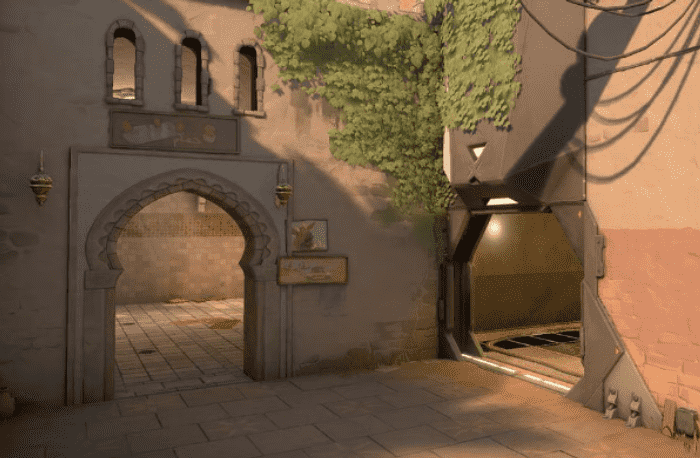
Essential Ascent Callouts
Knowing the map isn’t enough—you have to speak the language. Here are the most important callouts used by pro teams:
Mid:
- Mid Bottom
- Mid Top
- Mid Cubby
- Market
- Pizza
A-Site:
- A Main
- A Tree
- A Heaven
- Hell
- Generator
- Door
B-Site:
- B Main
- B Lobby
- B Site
- Boat House
- B Logs
- B Stairs
Clear comms can win you rounds. Pros rely on these terms to communicate rotations, utility usage, and enemy positions without delay.
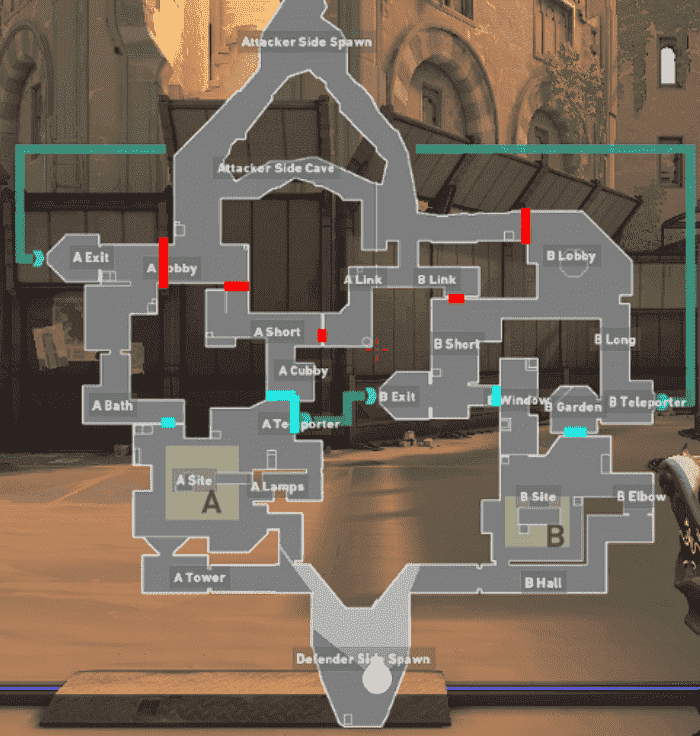
Best Agents for Ascent
Picking the right agents makes a major difference. Here’s who performs best on Ascent and why.
Duelists:
- Jett: Ideal for aggressive mid control and Operator play from A Heaven or Mid.
- Raze: Great for clearing corners and applying pressure with Boom Bot and grenades.
Initiators:
- Sova: A top pick for Ascent. His Recon Bolt scans key areas like A Main, Tree, and B Site.
- Fade: Useful for revealing hiding enemies and disrupting post-plant holds.
Controllers:
- Omen: Flexible smoke placement, perfect for cutting off Market or A Heaven.
- Astra: Provides map-wide utility that’s great for executing or stalling pushes.
Sentinels:
- Killjoy: Dominates post-plants. Her turret and Alarmbot can lock down either site.
- Cypher: Provides constant mid information and site anchoring with his tripwires.
Pros often build team compositions around these agents for balanced defense and explosive site takes.
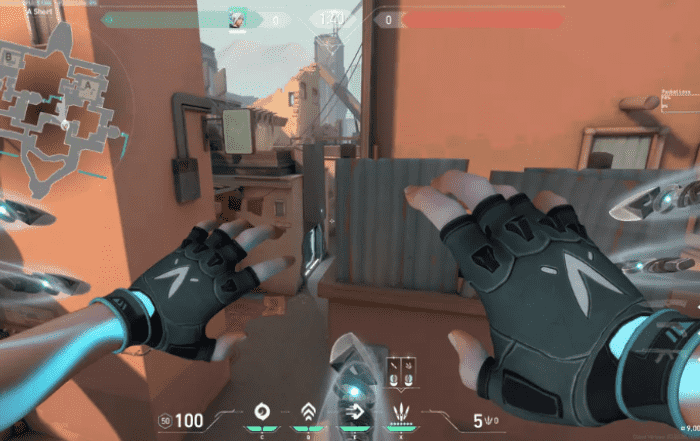
Attacking Strategies on Ascent
A-Site Execute
- Start with pressure in A Main using utility—Sova’s Recon Bolt or Fade’s Haunt.
- Smoke off A Heaven and Tree Room before entry.
- Flash into the site to clear Hell and Generator.
- Plant the spike near Default or Generator for post-plant cover.
- One player lurks mid to catch rotates through Market or Catwalk.
B-Site Execute
- Control B Main early. Clear Logs and Boat House.
- Use smokes to block Market and CT entrances.
- Send a lurker through mid or use utility to delay rotates from Market.
- After plant, fall back to B Main or B Stairs for post-plant control.
Mid-Control to Split
- Pros treat mid like a third bombsite. It gives access to both sites and breaks defensive setups.
- Use utility to push Mid Top and Cubby.
- Split to B via Market, or to A via Catwalk.
- Control Pizza and Market Window before committing.
- Time your entry with teammates pushing from A or B Main.
- Mid control keeps defenders guessing and opens up new angles to attack each round.
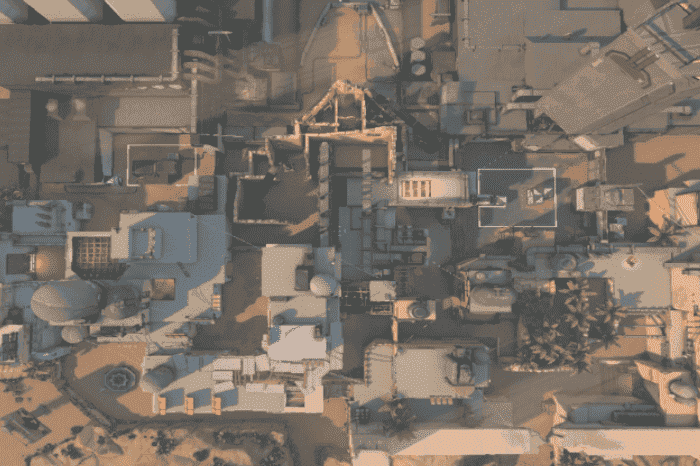
Defensive Strategies on Ascent
A-Site Hold
- Place a Sentinel (Killjoy or Cypher) in Tree Room or A Heaven.
- Use smokes on A Main or Door to delay pushes.
- A crossfire between Heaven and Generator punishes rushes.
- Rotate one player through mid if attackers split through Catwalk.
B-Site Hold
- Play a Duelist (Jett or Raze) in B Main for early pick attempts.
- One player anchors Boat House with help from a turret or camera.
- Smoke Market and CT to prevent long-range Operator peeks.
- Rotate fast if attackers get mid control and push through Market.
Mid Defense
- Set up Cypher’s tripwire across Mid Bottom and Top Mid.
- Hold Pizza with a short-range weapon or bait-and-switch setup.
- Use utility early to delay pushes and gain early info.
- Always be ready to rotate based on utility or footsteps.
- Pros know that giving up mid too easily means giving up map control. Deny it whenever possible.
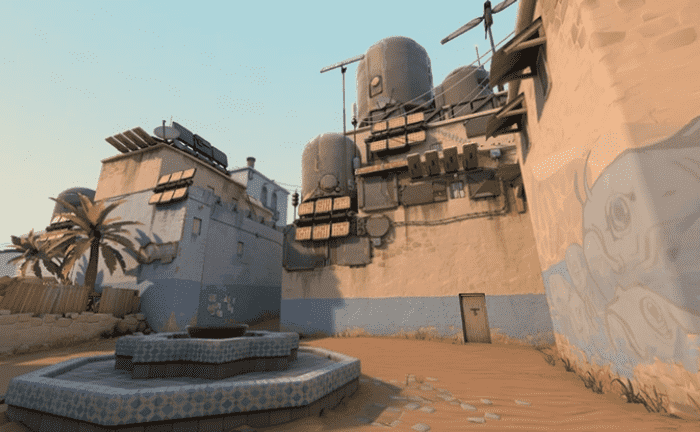
Pro Tips and Tricks for Ascent
- Use Recon Bolt on A Tree every round to detect lurks.
- Place Killjoy’s turret in B Market to spot rotations and flanks.
- Time smokes carefully—early smokes get wasted, late smokes can be fatal.
- Learn post-plant lineups for Sova and Viper to play safely from afar.
- Bait utility mid to force defenders to rotate or overcommit.
- Every pro team plays Ascent differently, but they all rely on coordination, timing, and utility discipline.
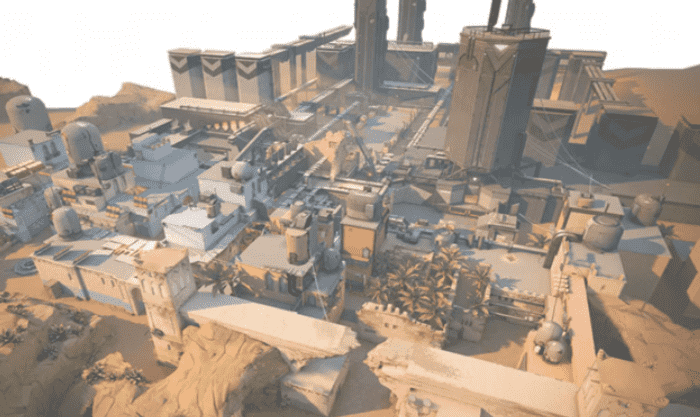
Server Problems and High Ping
It doesn’t matter how good your strategy is if your connection ruins the game. Many players report problems like:
- High ping spikes during fights.
- Rubber-banding in tight angles.
- Delayed utility throws.
- Desync with teammates or opponents.
Often these problems come from unstable routes to Riot’s servers or inconsistent ISP performance—especially when playing cross-region or on Wi-Fi.
GearUP Booster: The Fix You Need
If you’ve struggled with connection issues on Ascent or any Valorant map, GearUP Booster can help.
Key benefits:
- Smart routing to Riot’s fastest and most stable servers.
- Ping reduction across all regions.
- Better stability during team fights and spikes.
- No hardware upgrades required—just install and play.
Thousands of players, including pros and streamers, trust GearUP Booster to keep them competitive.
Here are the steps to apply GearUP Booster for Valorant:
Step 1: Download GearUP Booster
Step 2: Search for Valorant. And if you want to connect to Chinese server, you can select the 无畏契约 option.
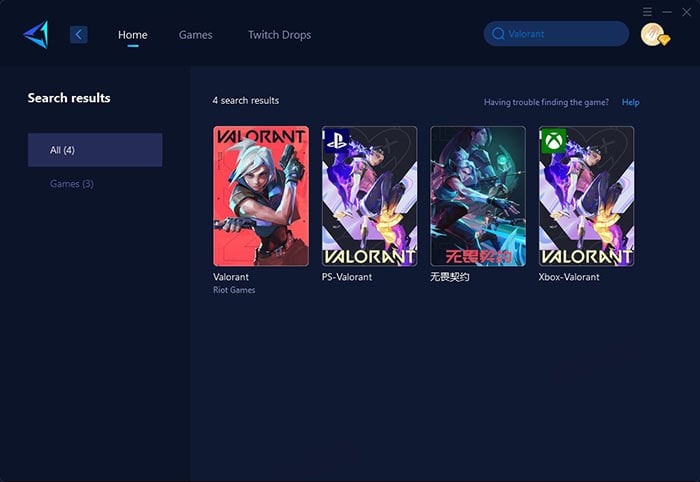
Step 3: Select the server you want to connect to. If you are unsure which server to choose, you can also first test Valorant ping to see which one is more suitable.
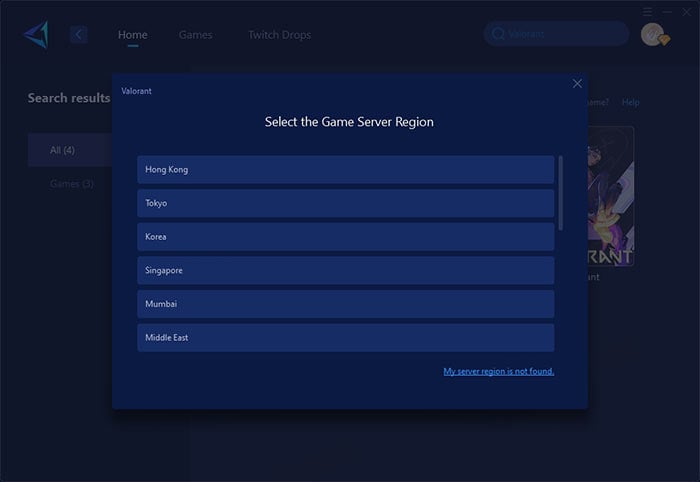
Step 4: Click to boost, and then launch Valorant.
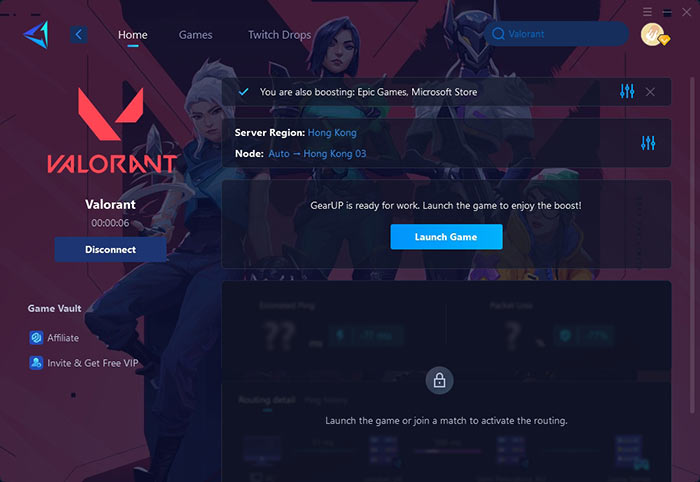
Conclusion
Ascent is a map of precision. It demands sharp aim, agent synergy, and smart rotations. Whether you're anchoring B Site, breaking into A, or fighting for mid control, understanding Ascent's flow gives you a competitive edge.
But even with the perfect strategy, poor connection can throw it all away. That’s why top players invest in connection stability just as much as aim training.
Try GearUP Booster today and experience Valorant how it’s meant to be played—lag-free, smooth, and competitive.
FAQ: Valorant Ascent and Network Tips
Q1: What’s the most important part of Ascent?
Mid control. Teams that control mid usually win more rounds.
Q2: How do I stop early A rushes?
Use smokes or mollies at A Main. Combine with turret or trap utility.
Q3: Why does my game stutter even if ping is normal?
This could be packet loss or server route instability. Try GearUP Booster to reroute your connection.
Q4: Who should I play if I solo queue on Ascent?
Killjoy, Sova, or Omen—strong solo agents with good site control and info gathering.
Q5: How do pros use mid on defense?
They either contest early with utility or hold passive angles from Pizza and Market, relying on trap or cam info.
About The Author
The End
